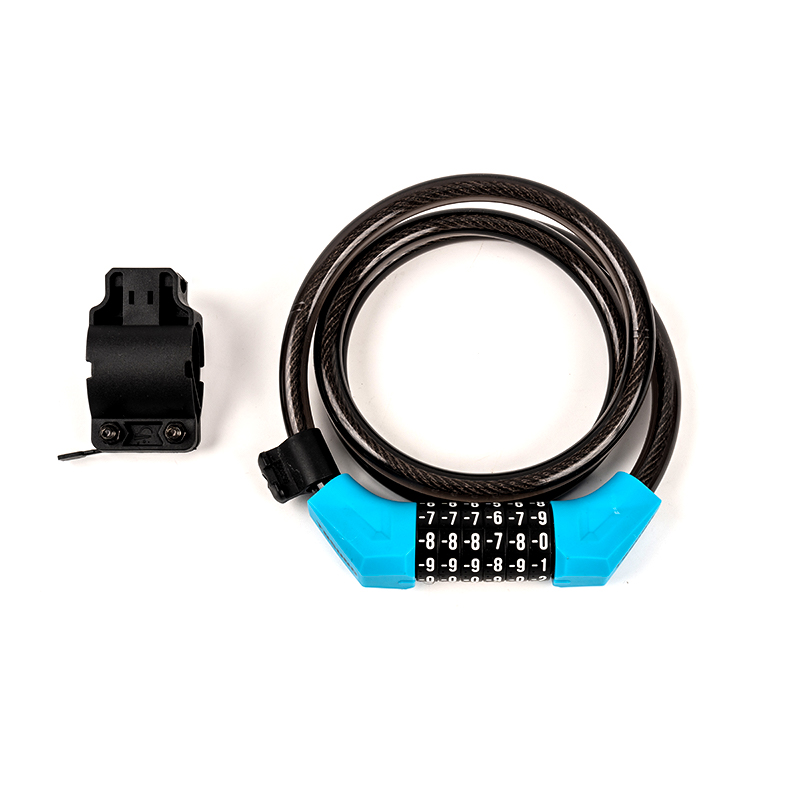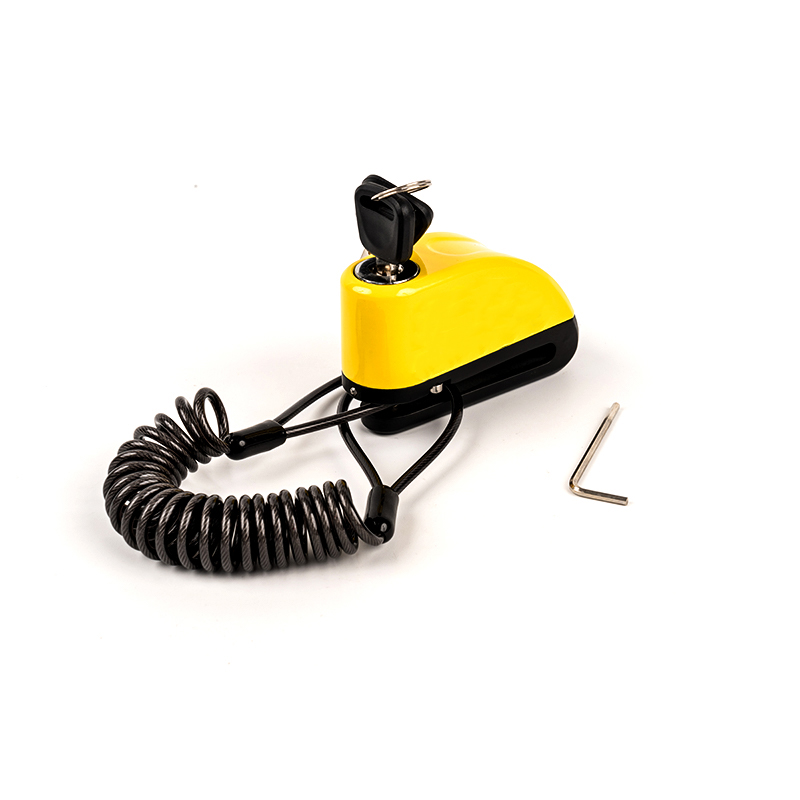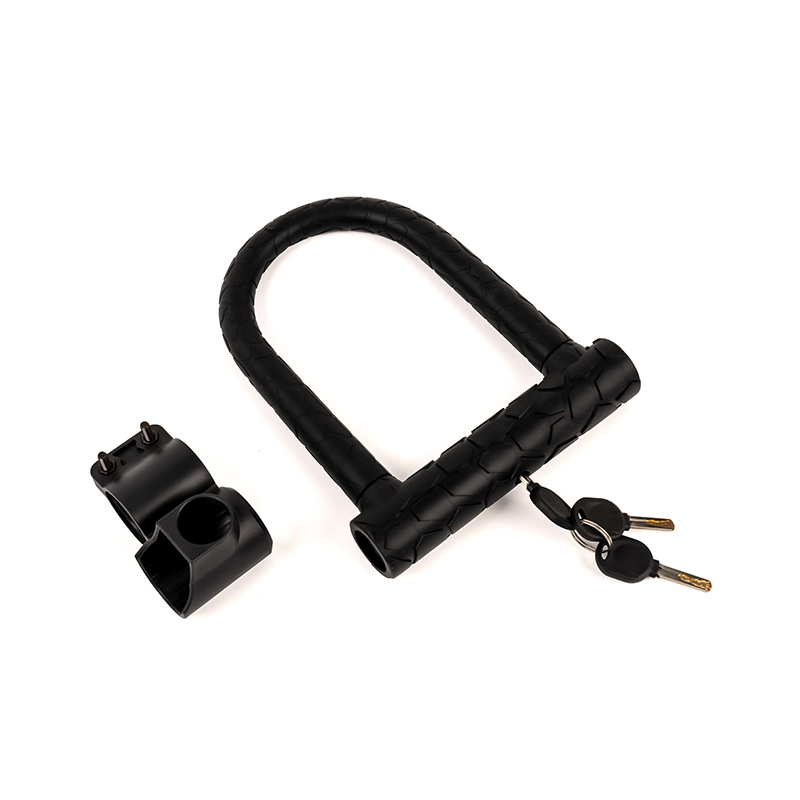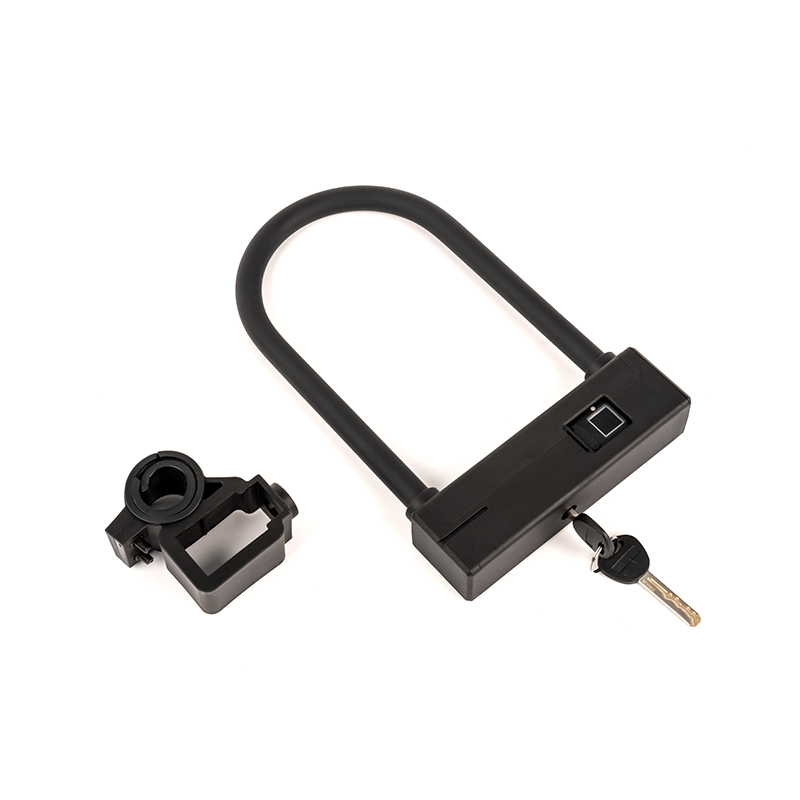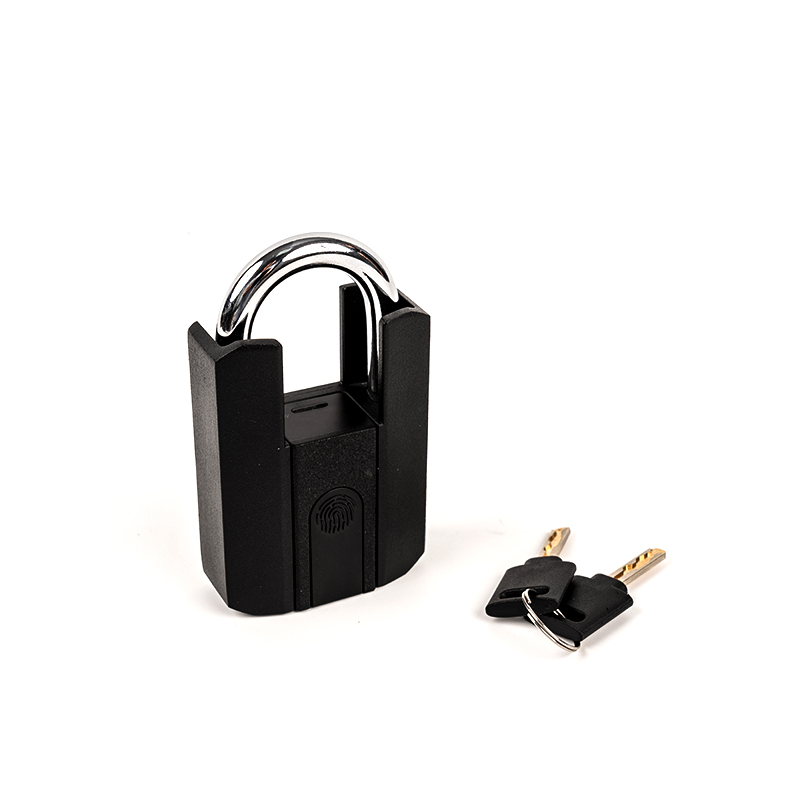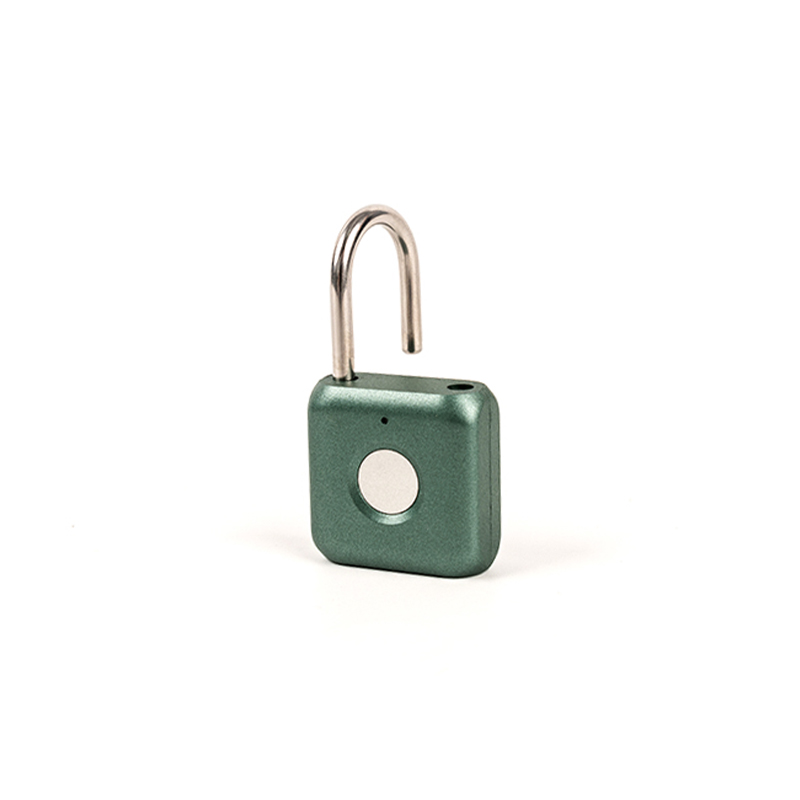Rust-proof coatings on metal surfaces
1. Phosphating: Immersing the Disc brake lock body in an acidic phosphate solution to form a dense phosphate film, improving corrosion resistance.
2. Rust-proof paint: Spraying a rust-proof paint containing zinc powder, zinc chromate, and other active pigments onto the metal surface forms a protective layer in humid environments.
3. Hot-dip galvanizing: Immersing the Disc brake lock body in molten zinc to ensure a uniform zinc layer, providing a long-term corrosion barrier.
4. Other metal coatings: Electroplating or spraying of metals such as aluminum, nickel, and copper; the most suitable metal layer is selected based on the usage environment.
Heat treatment and chemical treatment
1. Blackening (black oxide film): High-temperature oxidation forms a dense black oxide film on the surface, blocking air and moisture; commonly used for hardened steel. 2. Dacromet (Zinc-Aluminum Alloy): An alloy coating of aluminum powder and chromate is applied over a zinc base layer, providing both rust prevention and wear resistance.
3. Artificial Oxidation (Blue Tempering, Bronze Oxidation): A blue or bronze oxide layer is formed on the surface using chemical or heat treatment, improving corrosion resistance and decorative effect.
Composite Protection Technology
1. Multi-layer Coating Structure: A primer (rust-preventive primer) is applied first, followed by a topcoat, forming a double or even triple-layer protective system to enhance overall durability.
2. Anti-corrosion Grease Sealing: Anti-corrosion grease is applied to the metal surface to form an oil film, preventing moisture from directly contacting the metal.
3. Selection of Stainless Steel or High-Alloy Materials: Stainless steel or alloys with stronger corrosion resistance are used in critical areas, fundamentally reducing the risk of corrosion.
Quality Control and Testing
1. Salt Spray Test: The treated lock body undergoes an accelerated salt spray corrosion test to verify whether the rust prevention effect meets the standards.
2. Surface Cleaning and Rust Removal: Thorough rust removal and oil removal are essential before coating to ensure coating adhesion. 3. Regular inspection and maintenance: After leaving the factory, users are advised to regularly inspect the surface of the lock body and apply or replace anti-rust grease in a timely manner to extend its service life.

 English
English русский
русский Español
Español عربى
عربى


